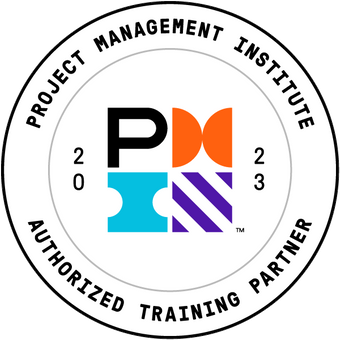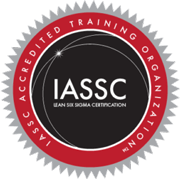Features
Premium video tutorials
Award-winning instructors
Personalized learning
Get certified
Learn at your own pace
Mobile (learn on-the-go)
Unlimited tests and quizzes
Regularly updated content
Overview
Please note: This course reflects content from an older version. You are welcome to complete this course, but the latest version is now available.
This course is part of our Lean Six Sigma Green Belt program, which consists of four courses designed to prepare you for the International Association of Six Sigma Certification (IASSC) Green Belt exam. We recommend you take all four courses in the program to be fully prepared for the exam.
Hypothesis testing allows you to make decisions about problems based upon statistically significant data. Depending on the nature of the hypothesis and data available, different tests should be applied.
In this course, you will learn about 20 different statistical tests. You will understand when to use each test, and when not to use them. You will also identify the level of risk associated with different statistics, and how best to work with them.
The training features plenty of opportunities to practice with examples, exercises and quizzes to test your knowledge. By the end of the course, you will have learned how to apply these hypothesis tests in your business processes.
The course is designed from the standpoint of making sound business decisions, not deriving proofs behind the formulas or statistics. You won't need to do any advanced math, as popular programs like Excel and Minitab will do that for you. While the computer crunches the numbers, you will learn how to read and interpret the test results to understand the messages in your data.
Highlights:
- 22 practical tutorials with videos, reference guides, exercises and quizzes.
- Designed to prepare you in part for the IASSC Green Belt exam. To prepare in full, you should also take the Lean Six Sigma Principles, Statistical Process Control, and Measurement Systems Analysis courses part of our four course Lean Six Sigma Green Belt program.
- Understand the concepts of hypotheses in problem solving.
- Identify the hypothesis testing process, and best practices that should be applied.
- Learn key decision factors for selecting which hypothesis test to use.
- Apply statistical analysis principles such as inferential statistics.
- Learn how to read residual graphs and conduct regression analysis.
- Conduct statistical hypothesis tests including T Tests, F Tests, ANOVA, and more.
- Aligned to the IASSC Lean Six Sigma Green Belt Body of Knowledge.
- The only method to earn an IASSC certification is to successfully sit for and pass an official IASSC certification™ exam, which can be taken through IASSC. We do not provide access to IASSC Certification exams.
- Earn 3 PDUs or contact hours toward your Project Management education for certification with PMI.
Once enrolled, our friendly support team and tutors are here to help with any course related inquiries.

- 720p
- 540p
- 360p
- 0.50x
- 0.75x
- 1.00x
- 1.25x
- 1.50x
- 1.75x
- 2.00x
Summary
This course has been retired





